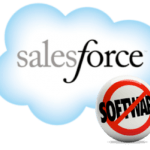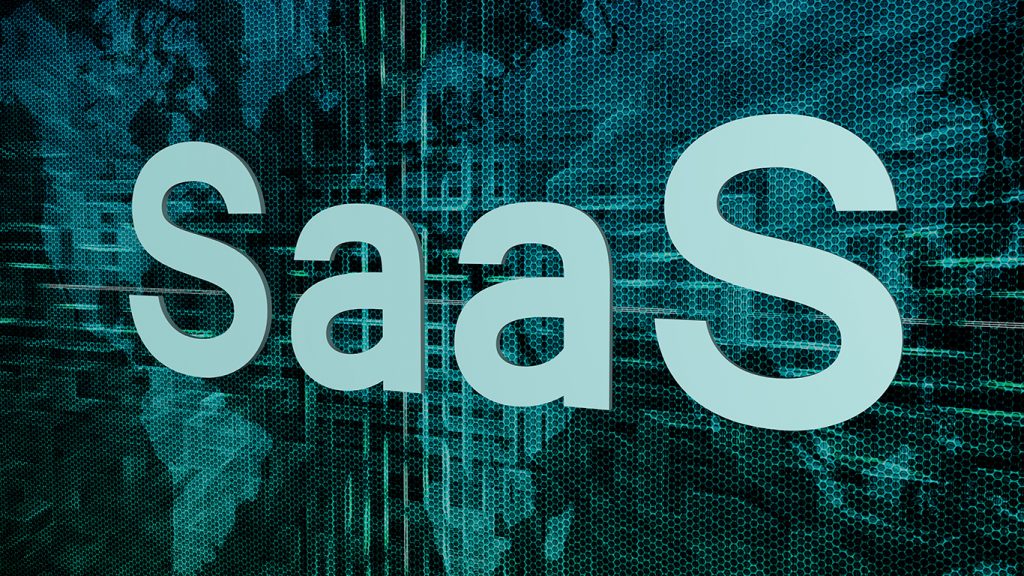 There is a lot of buzz around SaaS (software-as-a-service). It is also known as the “cloud”, but has been referred to as ASP, hosted solution, and many others over the years. The most recognizable SaaS company that was founded back in 2000 was Salesforce.com where their “no software” logo was plastered everywhere.
There is a lot of buzz around SaaS (software-as-a-service). It is also known as the “cloud”, but has been referred to as ASP, hosted solution, and many others over the years. The most recognizable SaaS company that was founded back in 2000 was Salesforce.com where their “no software” logo was plastered everywhere.
Over the past two decades SaaS has exploded. Recent reports show the market is expected to reach $185 billion by 2024, with a CAGR of over 20%. There are obvious reasons why SaaS is more appealing than an on-premise software solution, but I will list a few here:
• It’s an operating expense, not requiring a large capital expense upfront
• Limited or no IT infrastructure required
• Minimal IT staff required
• Maintenance and upgrades are seamless
• Lower total cost of ownership (TCO)
• Always on. anyplace, anywhere, anytime
• Scale up as needed, based on your business needs
• Backups and business continuity plan is already done for you
 Based on the deployment model, the SaaS market can be segmented into public cloud, private cloud, and hybrid cloud. The private and public cloud models are showing a positive trend in the market. Although the public cloud has the largest market share, the private cloud is projected to grow at the highest CAGR.
Based on the deployment model, the SaaS market can be segmented into public cloud, private cloud, and hybrid cloud. The private and public cloud models are showing a positive trend in the market. Although the public cloud has the largest market share, the private cloud is projected to grow at the highest CAGR.
The growth and impact on industry is clearly visible in looking at the enterprise company of Amazon. Founded as an e-commerce company focused on selling books, 55% of Amazon’s Q2 profits were from its B2B cloud service, called Amazon Web Services (AWS). Amazon is the leader in providing cloud infrastructure with sales over $6 billion.
The subscription model of SaaS software has revolutionized the adoption of technology in every sector and industry. Instead of relying on one-time transactions or upfront fees, SaaS is uniquely built around smaller, subscription-based transactions that recur each month or year. This recurring revenue model makes Saas extremely predictable, measurable, and built to scale.
In one of my previous companies, I architected an award-winning SaaS solution – from design to business model to successful commercialization. If I can help you with your SaaS product, please reach out to me.


